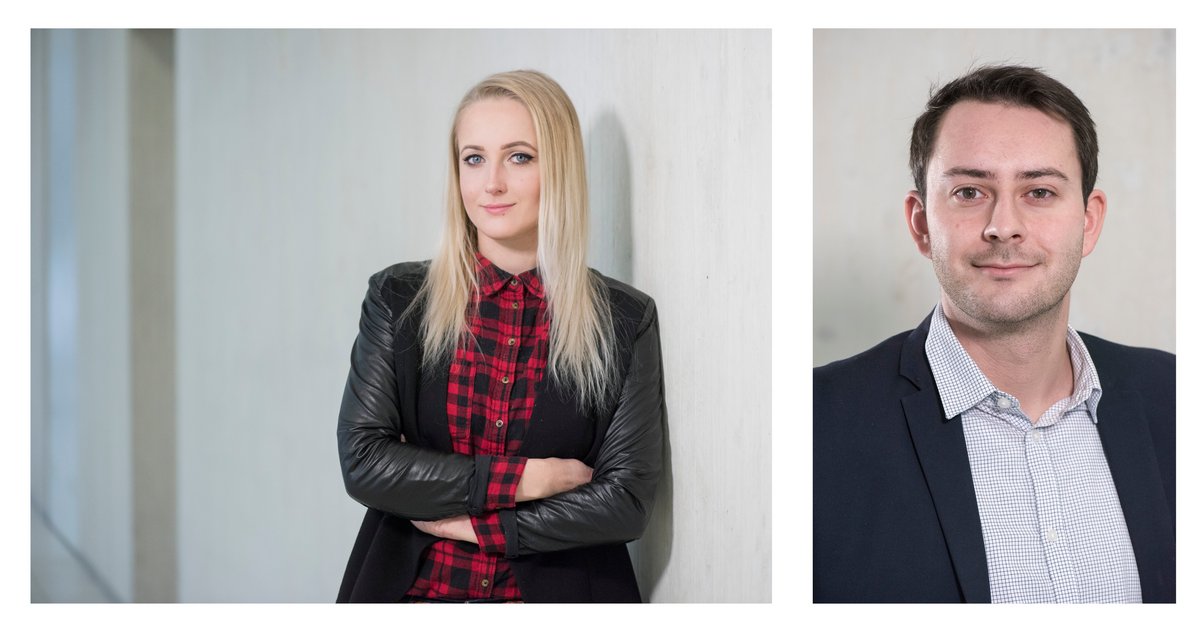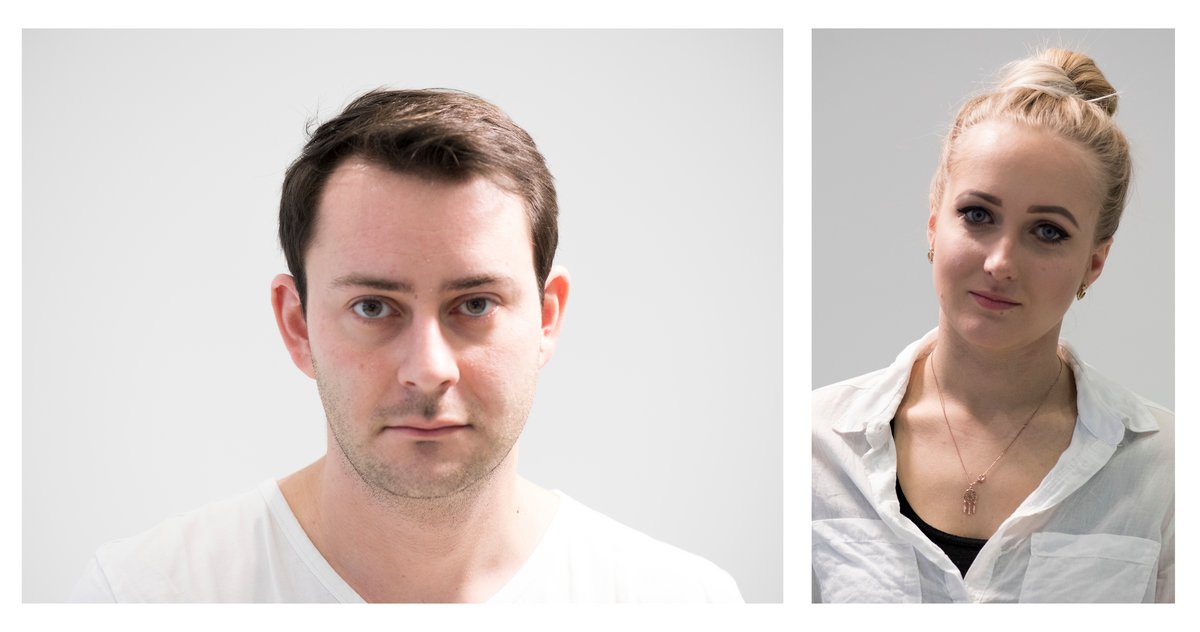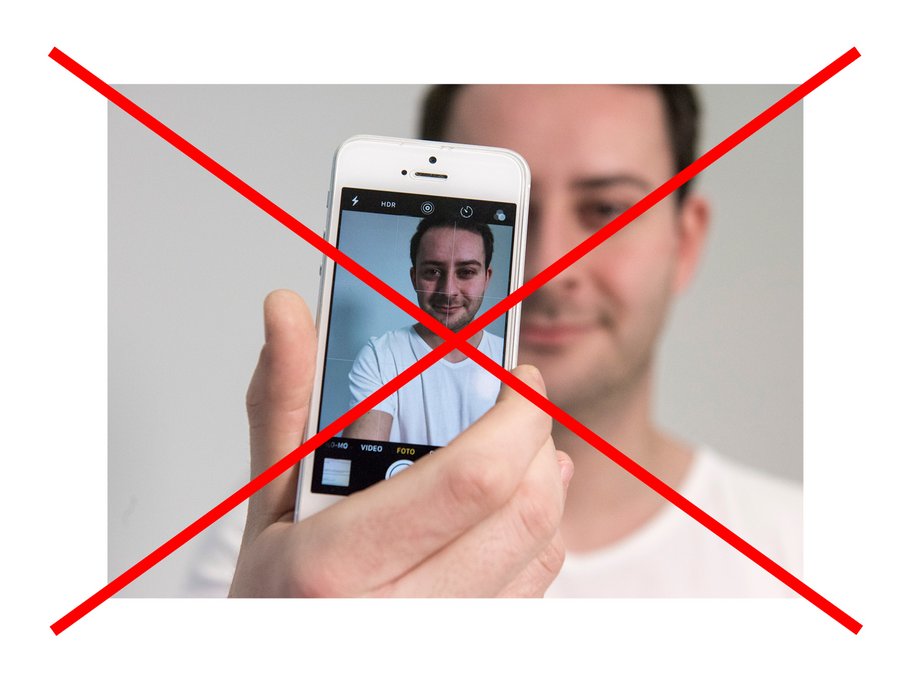The application photo
A photo is not a must, but it makes the application appear more personal.
It is definitely worth investing the money in a photographer. A good photographer has a trained eye and knows from experience which details to pay attention to so that you appear in the best possible light. It is always helpful to look at a photographer's reference work. This is the only way to decide whether the style appeals to you. As always, you need to be able to identify with your entire application!
In addition to a well-groomed appearance, the choice of clothes in the photo also plays a role. A simple rule of thumb is to wear what you would wear in the interview. You should also find out whether the company prefers more classic or creative and modern applications.
Here you can see two example images that are well suited for a professional application. The picture on the left, a more modern version with a casual posture and everyday clothing, may be of interest to young companies or professional groups without a dress code. The picture of the young man, on the other hand, shows a more classic application picture in portrait style. Such pictures are mainly used in more conservative professions.

The pictures shown here are negative examples. Pretty much everything that can be done wrong has been done wrong here. The light falls extremely unfavourably on both people and casts unattractive shadows. The posture of both applications is slumped and looks anything but confident. The clothing does not make a good impression either, as the young woman's blouse is creased. Your application photo should not look like this.

Do's
- well-groomed appearance (discreet make-up, simple hairstyle, well-groomed beard, etc.)
- Appropriate clothing
- self-confident posture
- Friendly face (discreet smile)
- good lighting conditions
- professional appearance

Dont's
- unkempt appearance
- wrinkled or even broken clothes
- slumped posture
- unfriendly facial expressions unfavourable
- shadows on the face
- overexposure and underexposure
- selfies
